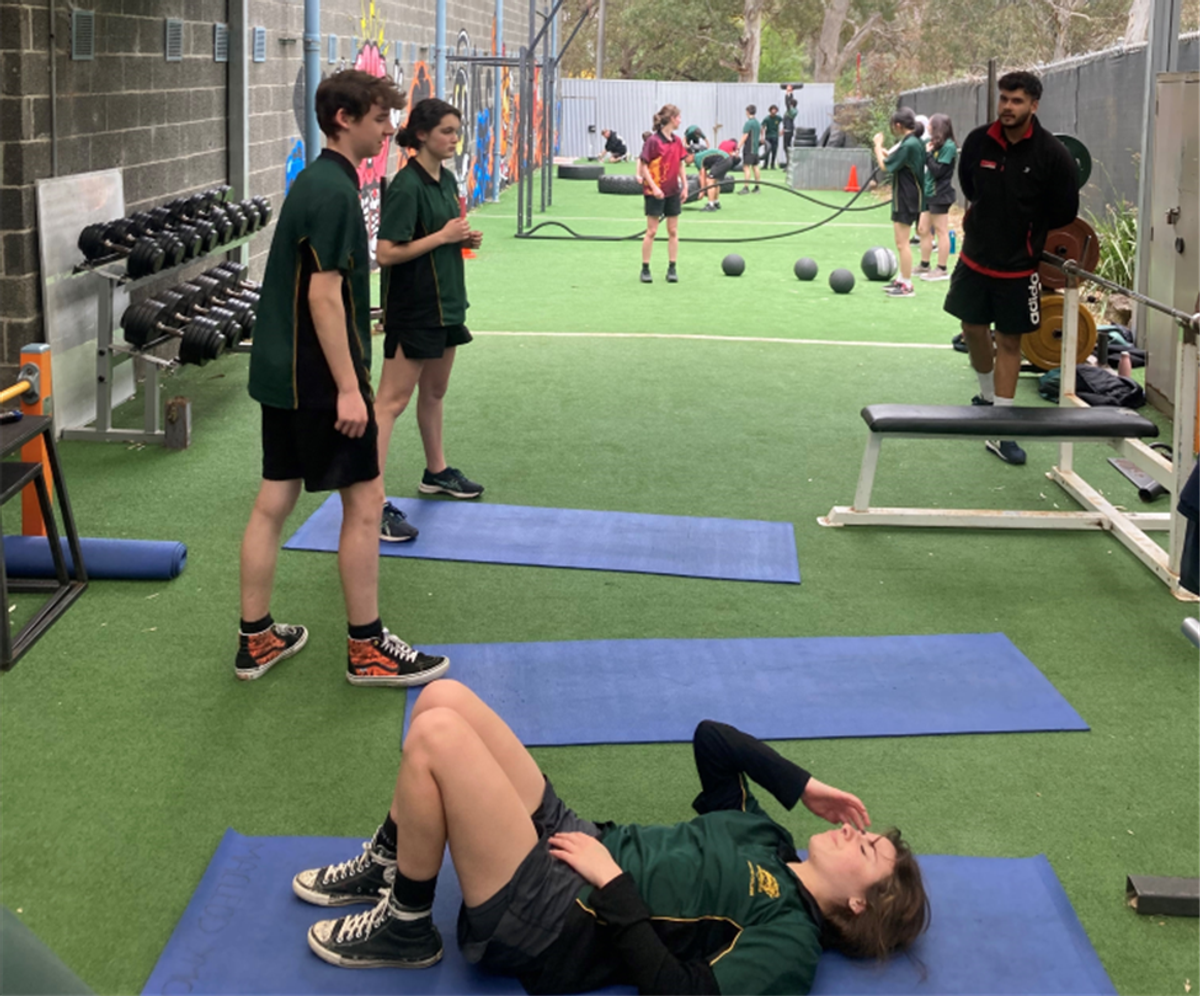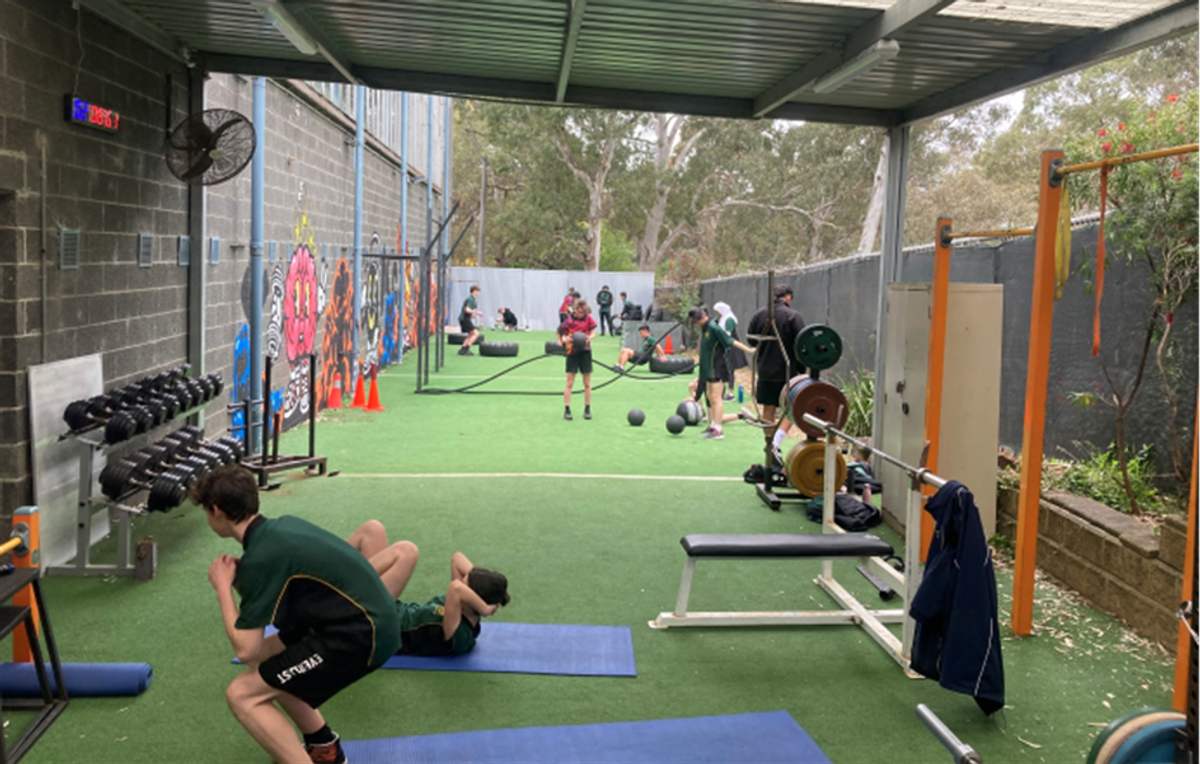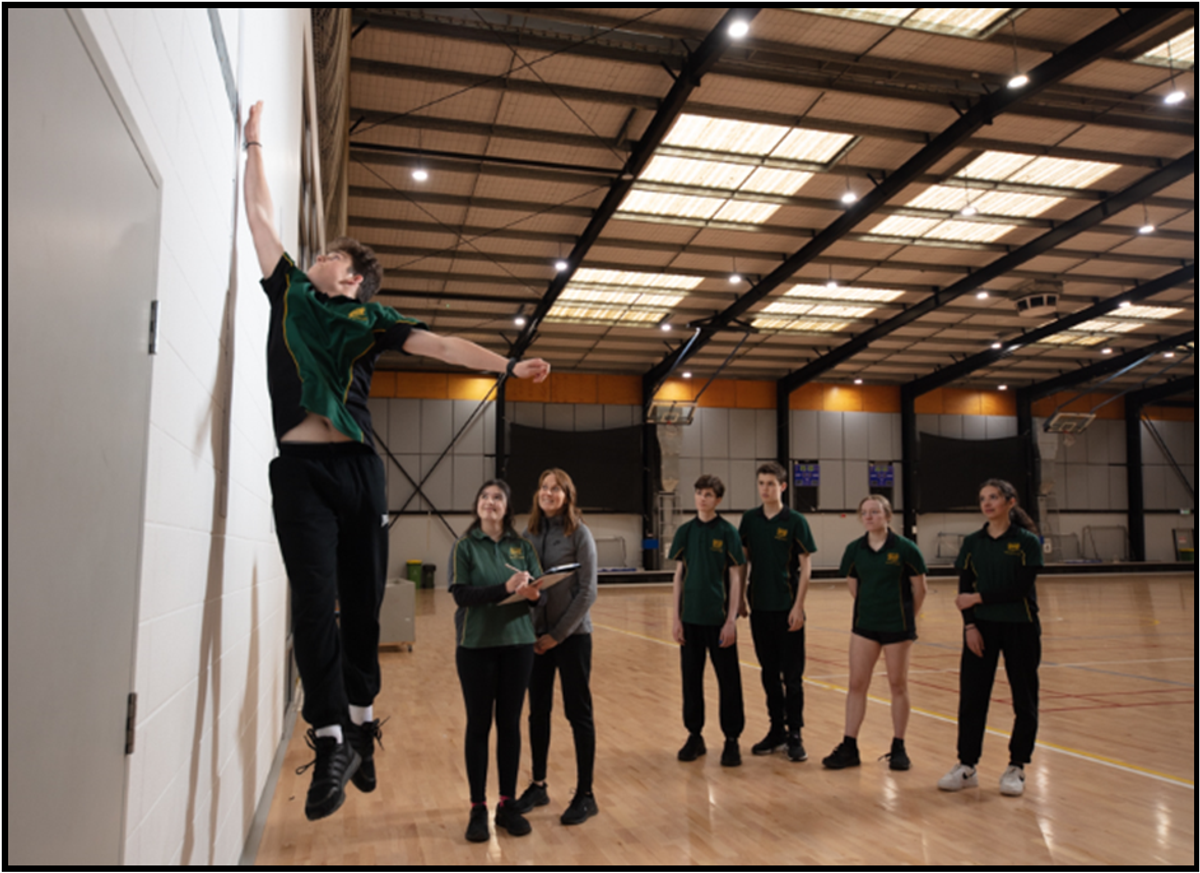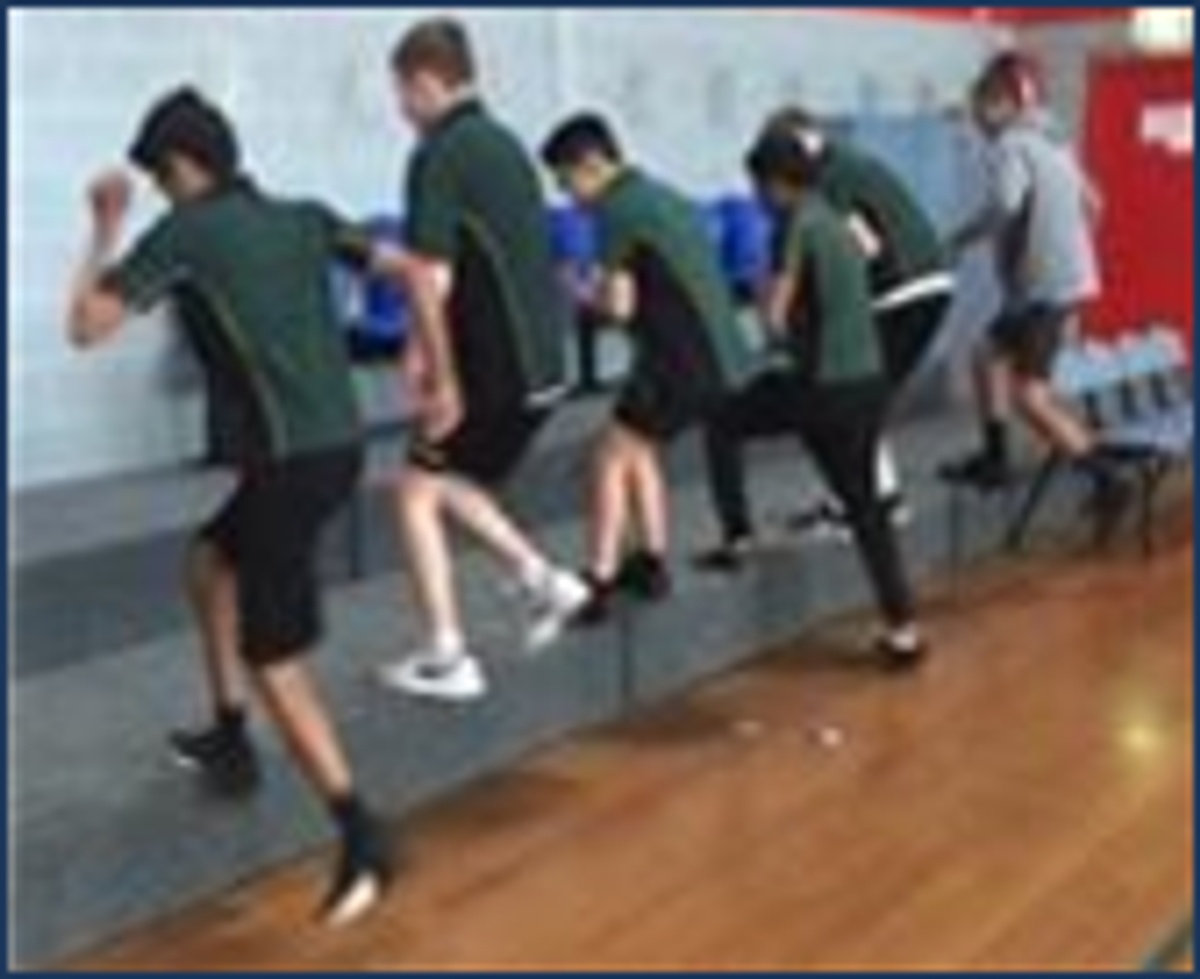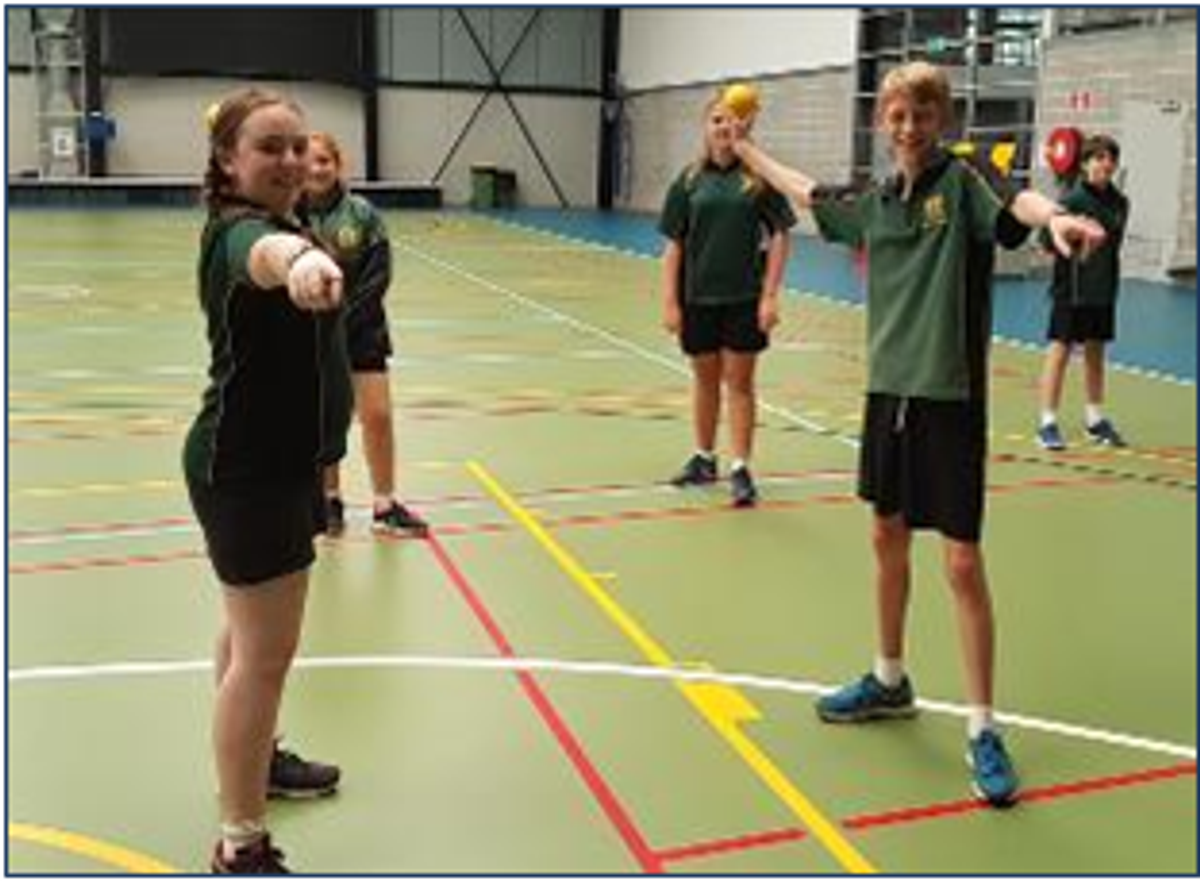Physical Education
PE teaches fair play, physical confidence and the importance of health and fitness.

Physical Education
PE teaches fair play, physical confidence and the importance of health and fitness.
Secondary Physical Education provides opportunities for students to become physically confident in a way which supports their health and fitness.
Opportunities to compete in sport and other activities build character, leadership and help to embed values such as fairness and respect.
Secondary Physical Education Overview
Physical Education lessons target the following:
· To develop competence to succeed in a broad range of physical activities with an
emphasis on promoting team strategies, fair play and umpiring skills.
· To be physically active for sustained periods of time by participating in moderate to
vigorous activities which monitor own fitness levels across the year.
· To engage in competitive sports and activities in a variety of sporting settings such as
inter house competitions and tournaments.
Each year level covers a variety of activities that increase awareness and knowledge of skills, rules and principles of fitness, these activities are: Athletics, Badminton, Basketball, Baseball, Cricket, Fitness testing, Football, Handball, Hockey, Netball, Soccer, Table Tennis, Tennis and Volleyball.
VCE PE examines the biological, physical, psychological, social and cultural influences on performance and participation in physical activity. PE students are able to learn the theory work through practical applications and participate in a variety of physical laboratory reports and activities.
The study prepares students in such fields as health science, exercise science and education.
The structure of the course consists of four units:
Unit 1 - The Human Body in Motion
Unit 2 - Physical Activity - Sport in Society
Unit 3 - Movement Skills and Energy
Unit 4 - Training to Improve Performance
